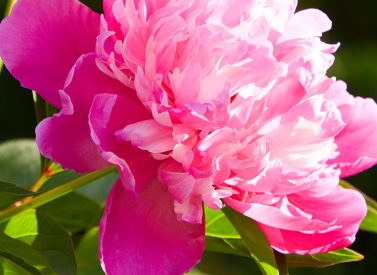Scientific Name: Penoia lactiflora
Constituents:
- Monoterpene glycosides: paeoniflorin, paeonilactones A-C, Pentagalloylglucose and others.
- Proanthocyanidins & flavonoids
- Tannins
- Polysaccharides
- Phytosterols (b-sitosterol)
- Volatile oils (benzoic acid & paeonol)
Medicinal actions:
- Antispasmodic
- Reproductive Tonic
- Uterine Tonic
Mechanism of Action & Pharmacology:
- Main bioactive compound is paeoniflorin (a complex monoterpene glycoside). Is thought to act on the aromatase enzyme in the ovary to promote the synthesis of estradiol from testosterone and therefore reduce the production of the androgens in a dose-dependent manner.
- Saponins may have phytoestrogenic effects and potentially interact with receptors in the hypothalamus and pituitary gland and increase fertility, ovulation, and progesterone production.
Pharmacy:
- Decoction
- Tincture
- Capsules
Safety & Toxicity Concerns:
- Avoid in pregnancy and lactation.
- Use caution in bleeding disorders.
Interactions:
- Theoretical interaction with anti-coagulants & phenytoin.








